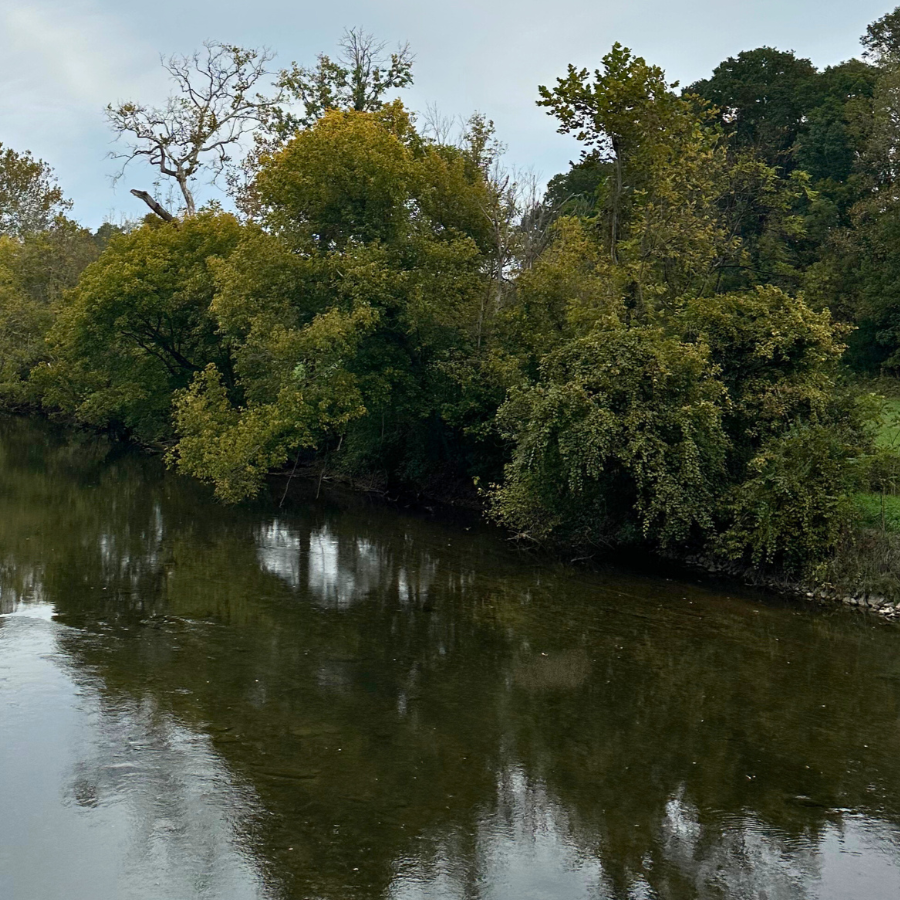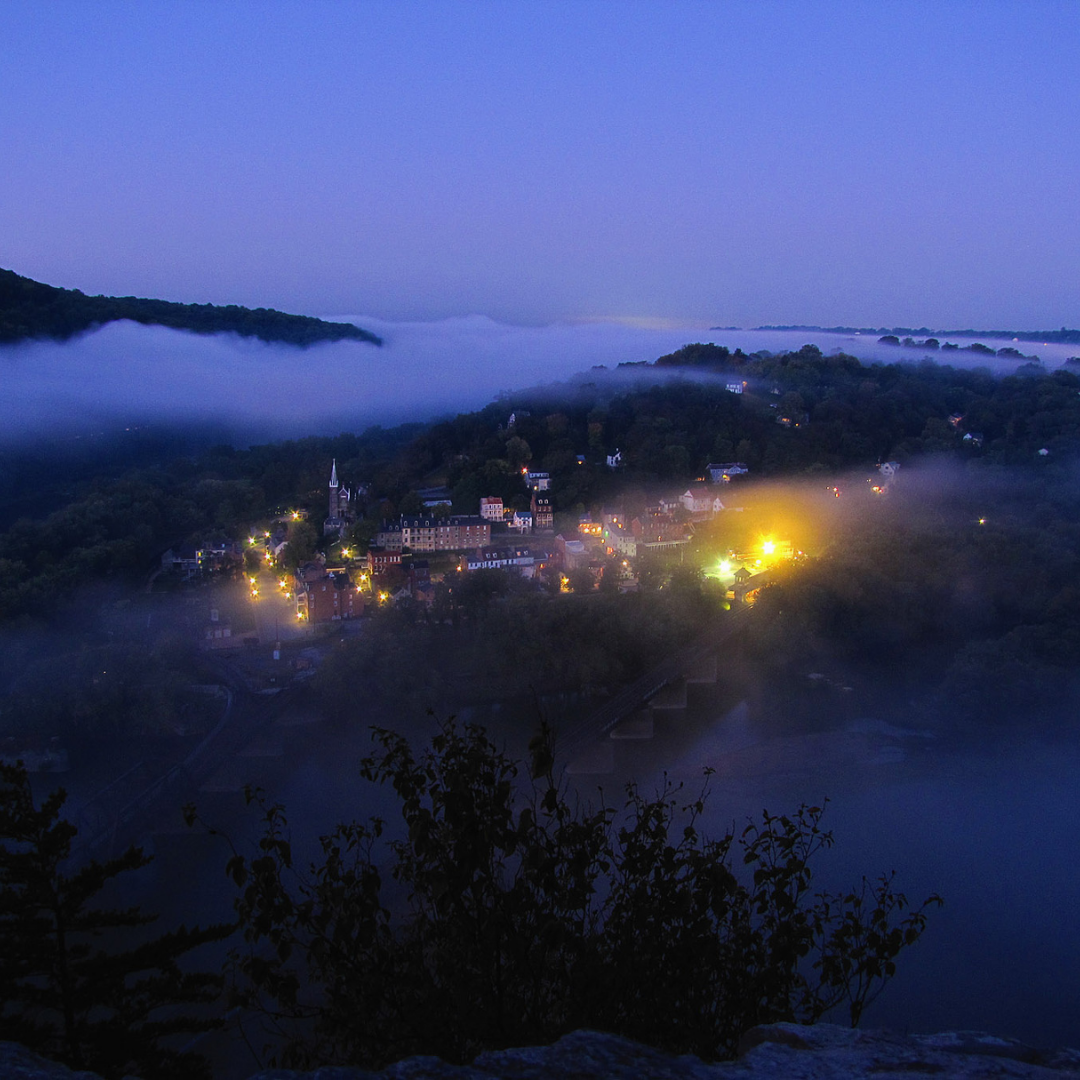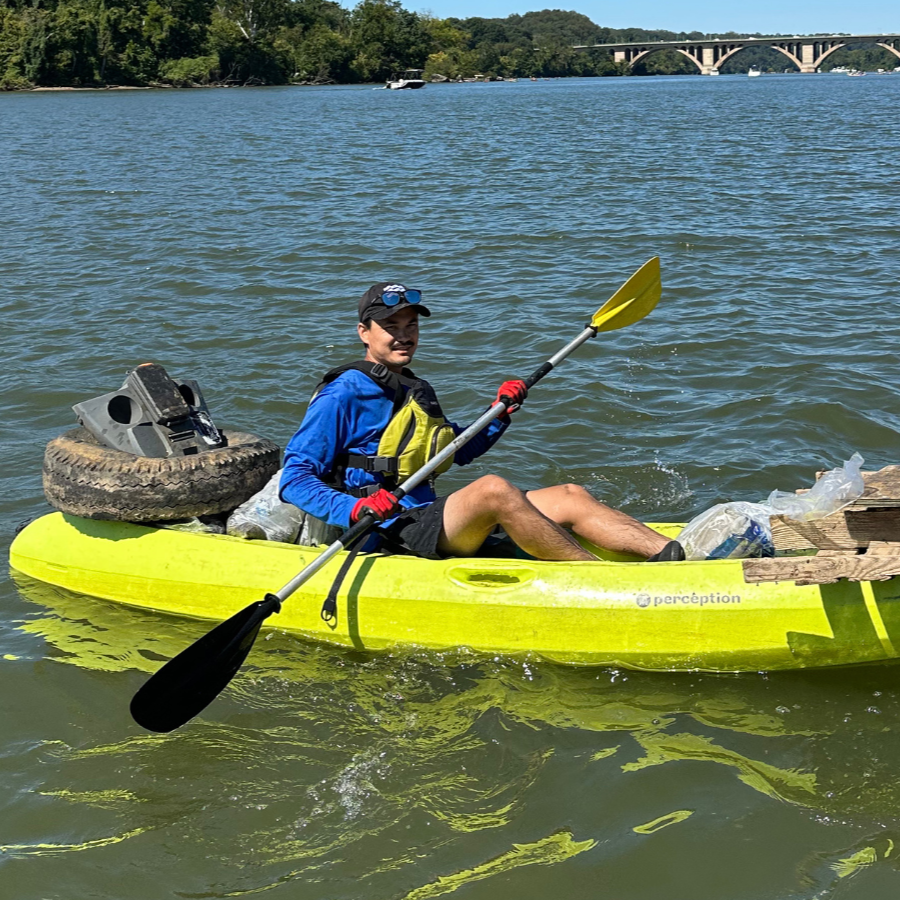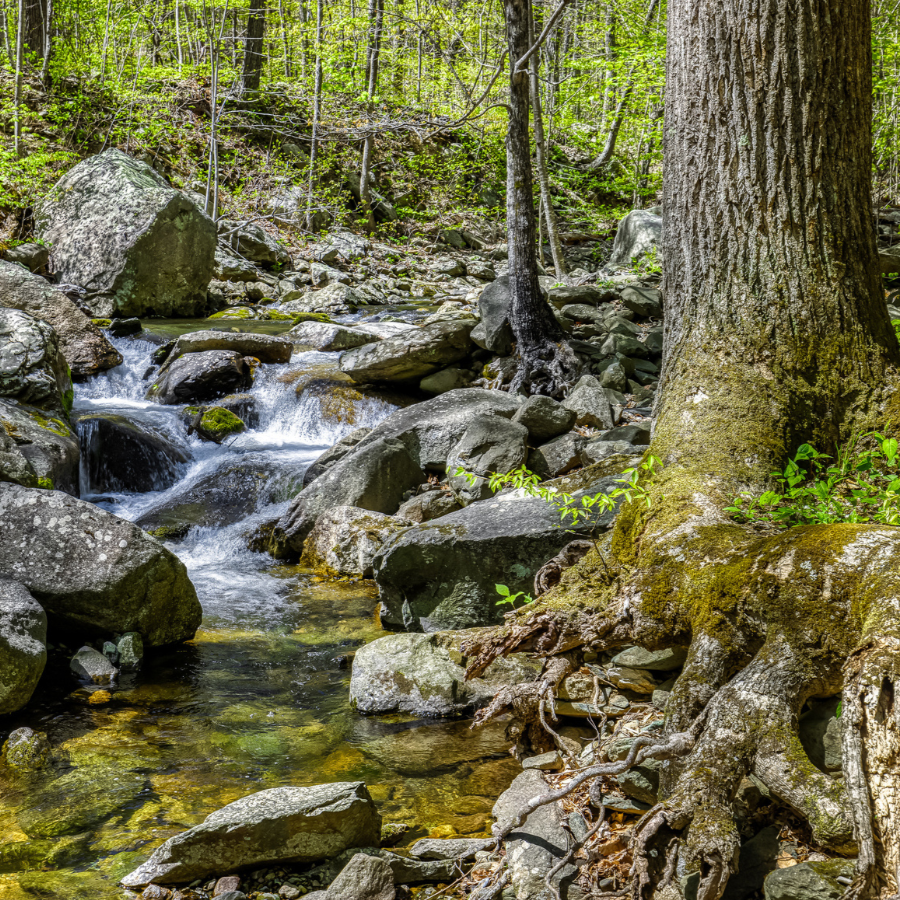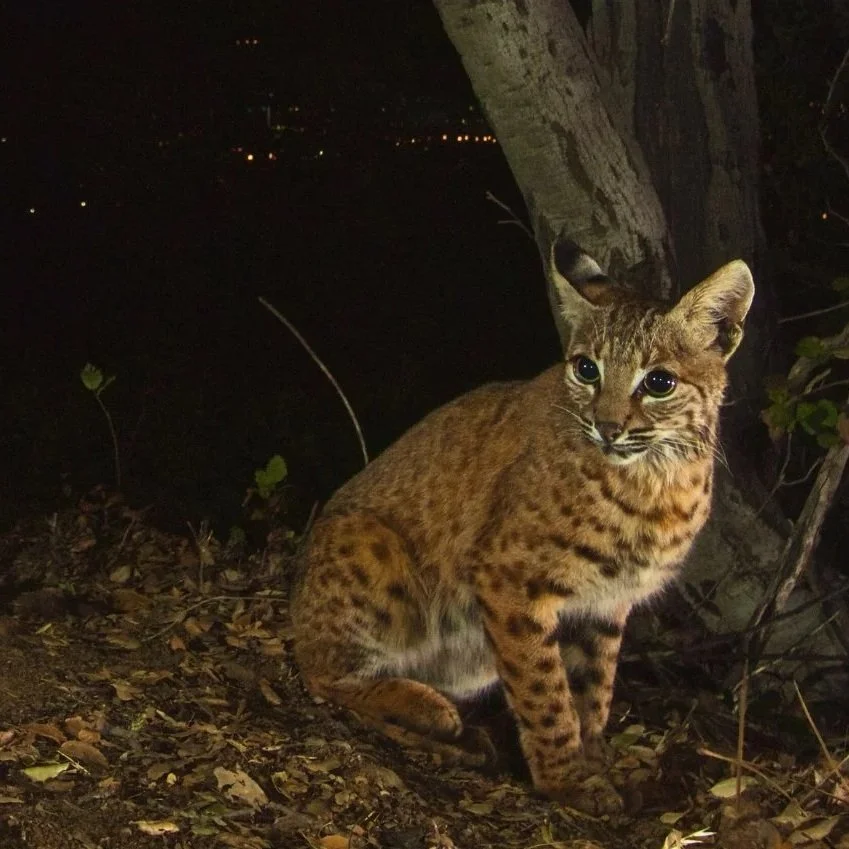Land conservation doesn’t go out of style – White Horse Mountain is a success story a decade later
/1,700 acres, 6 miles of streams, hundreds of visitors, and countless wildlife species
Ariel view of white horse mountain. Photo by Bill Macfarland
Deep in the mountains of West Virginia right outside a town called Springfield, you’ll find a 1700+ acre wild forest that all who visit consider a hidden gem — White Horse Mountain.
This piece of land was being sized up by developers in 2015 to be turned into housing. This mountain is home to copious wildlife, rare plants, and a nature sanctuary for our community. Potomac Conservancy knew we couldn’t let White Horse Mountain be bought by developers for unchecked sprawl, so we took a stand.
In 2015, Potomac Conservancy collaborated with dedicated nature lovers and donors to crowd-fund $3 million to purchase the land, preventing developers from doing so.
Placing conservation easements on property ensures that the land is preserved and protected for future generations. These easements are powerful conservation tools that permanently protect against major threats to the health of the Potomac River, including deforestation and pollution.
Then, Team Potomac officially protected and transferred White Horse Mountain to the state of West Virginia in May 2018. The new public recreation area opened that fall for hiking, bird-watching, hunting, and other recreation allowed within the site’s wildlife and conservation goals.
View of a stream on the mountain
Public access for local nature lovers
Since West Virginia has opened the mountain to recreationists, several hundred visitors, from hunters to hikers, enjoy the mountain throughout the year. One of the reasons White Horse Mountain is popular is because its tucked away from crowds and busy streets. When you’re on the mountain it feels like it is just you and forever protected nature.
Plus, for many outdoorsmen, they enjoy seeing wildlife, which is abundant here. Bobcats, black bears, scarlet tanagers, rattlesnakes, and bald eagles are just some of the critters that call White Horse Mountain home. If you’re lucky, you’ll spot some on your next visit (from a safe distance).
How is White Horse Mountain doing now?
White Horse Mountain is like fine wine... its land gets better with age when it is protected! We talked with Tom Stark a Wildlife Specialist for White Horse Mountain to hear his view on how placing a conservation easement on the land has improved the mountain. He noted the water quality has greatly improved throughout the six miles of perennial and ephemeral streams due to the land being undeveloped. Tom also admires the aesthetics of the landscape that have been well preserved.
“Anytime you can keep an area in an undeveloped, natural state, you ultimately protect water quality and quality of life for the folks who get out and experience it.”
What is in White Horse Mountain’s future?
Ariel view of white horse mountain. Photo by Bill Macfarland
While we’re not fortune-tellers, we know developing the 1,700-acre property is not in its future. Wildlife Specialists, like Tom Stark, will continue an integrated approach to combat invasive species like mile-a-minute weed, tree of heaven, and spotted lanternflies. Part of that process includes the re-establishment of native species on the mountain.
The Potomac River is only as healthy as its surrounding land. That’s why we must safeguard the land in the Potomac River region. Permanently protecting land slows down urban sprawl, reduces polluted runoff, and preserves wildlife habitat.


